Beach-Dead represents the second project in my online game series. Also it is my fist HTML5-based game. Beach-Dead is based on the first scene of the 8-bit classic
Beach Head II. I had already written this game in
AMOS some 20 years ago and recently found the assets floating around on backup of my Amiga partition. Since this
implementation was never published, it seemed like the perfect wrapper project to develop my own HTML5-based game engine.
Yet, as it turned out, I had heavily underestimated the effort to re-implement the game logic. While the engine code - including sprite logic, input and sound - merely took me a couple
of days to program, I spent several months programming the game logic (always consider that I have a full time job besides this). The main problem being, that you can hardly re-use
any BASIC code (which is what AMOS used to be) for a re-implementation in JavaScript. I virtually had to start from scratch. I am considering to port my Windows game
Climbers of Fortune next. Since the latter was written in C++, it should be less of a pain to port it to my JavaScript-Based engine.
The term apparently refers to some alien species from the Dr. Who saga (
see here). To be perfectly honest, I know squat about Dr. Who.
Yet, I found a Commodore-Amiga version of this game on my
Aminet-CDs somewhere around the mid-90s and was immediately hooked to the ingenious simplicity of the gameplay.
I already wrote this game some 15 years ago as an applet. Since applets are deprecated in HTML5, this is a perfect opportunity to practice some HTML/CSS/JS coding. This version also implements
high scores stored on the server - a feature that I was unable to implement in the applet version.
Moreover I can re-use the existing graphic assets ;-).
To the Dr. Who nerds out there: Yes, I know Daleks look different than on the title screen - I hope you can forgive me that.
 will move straight towards your direction.
will move straight towards your direction.  - leaving an unpassable pile of trash.
- leaving an unpassable pile of trash.
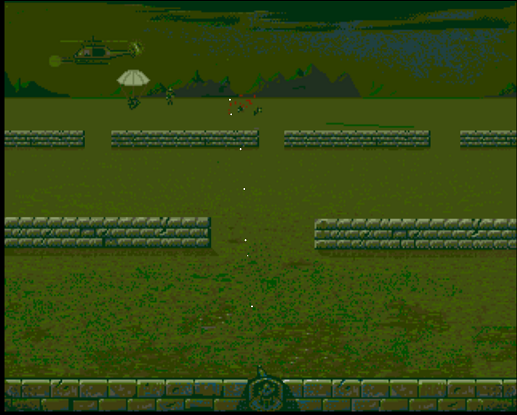
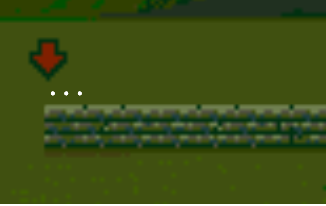
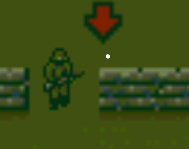
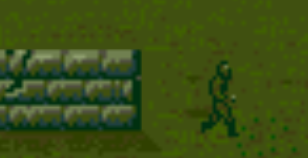
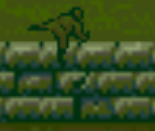
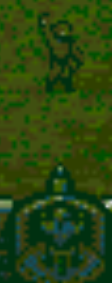

 (Dr. Who, I suppose?). Use your numeric keypad or enhanced WASD for
movement:
(Dr. Who, I suppose?). Use your numeric keypad or enhanced WASD for
movement:
 will move straight towards your direction.
will move straight towards your direction.  - leaving an unpassable pile of trash.
- leaving an unpassable pile of trash.